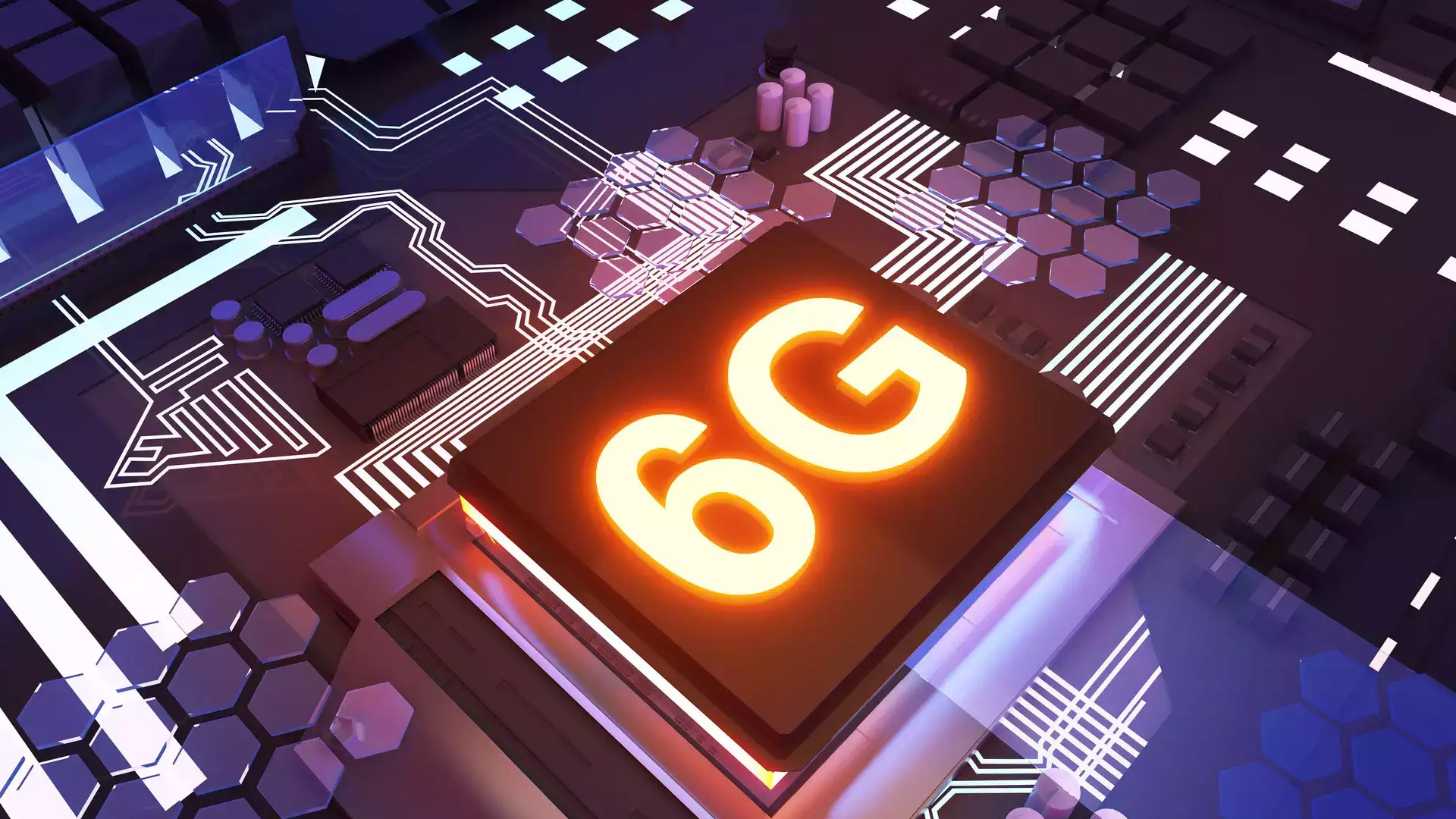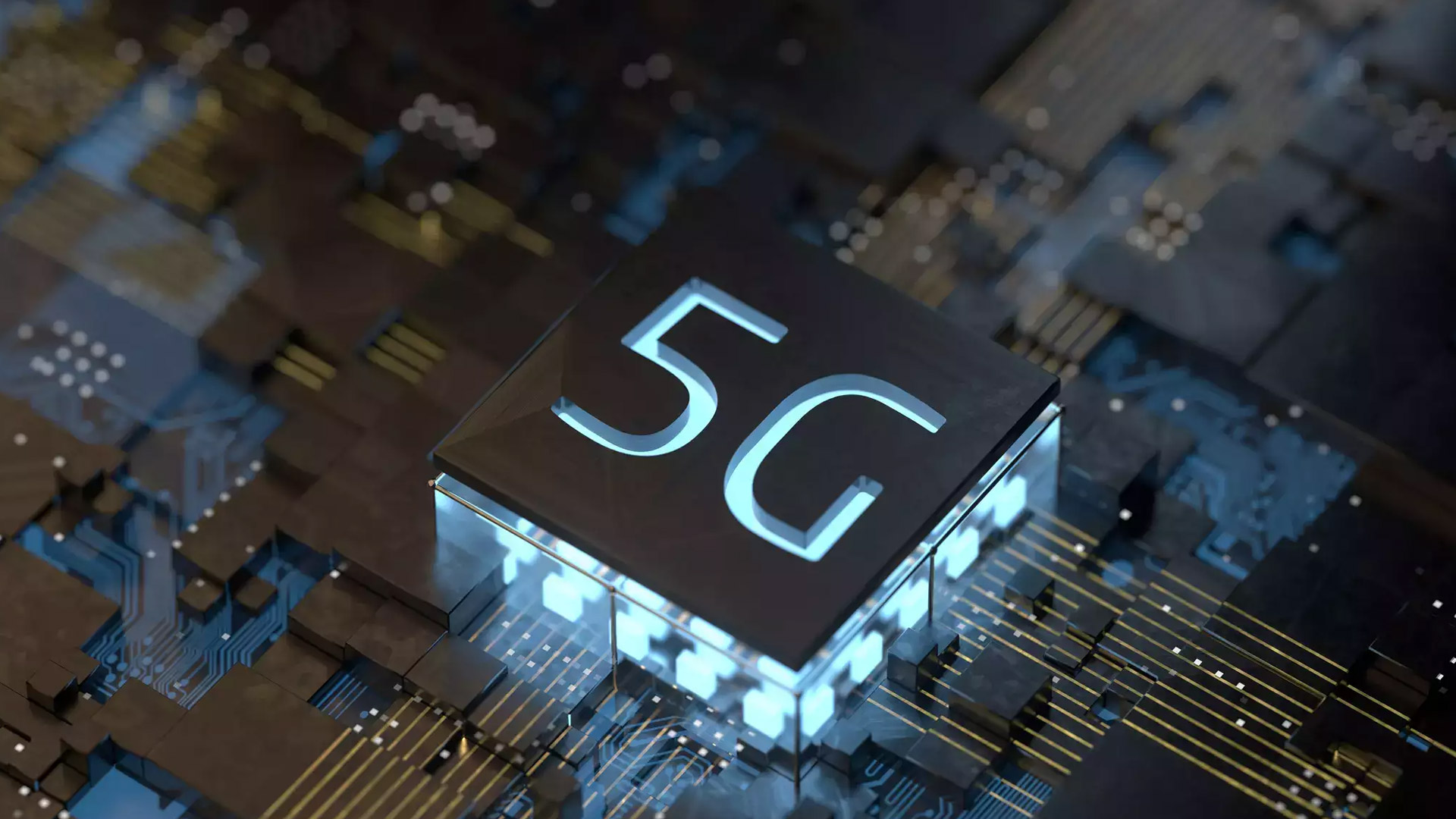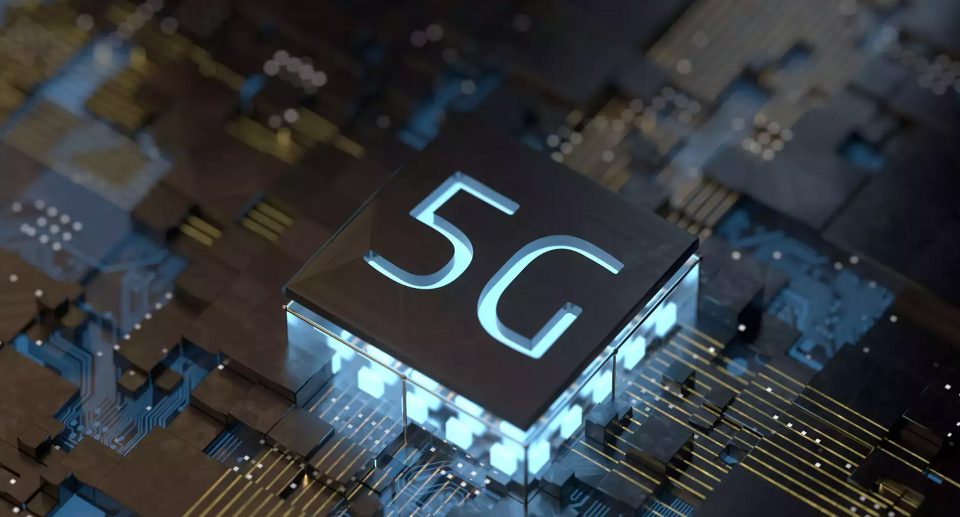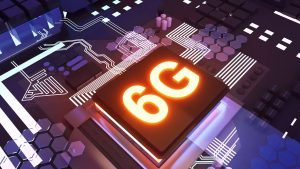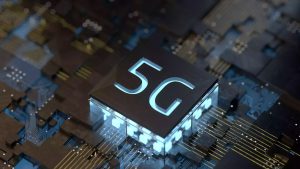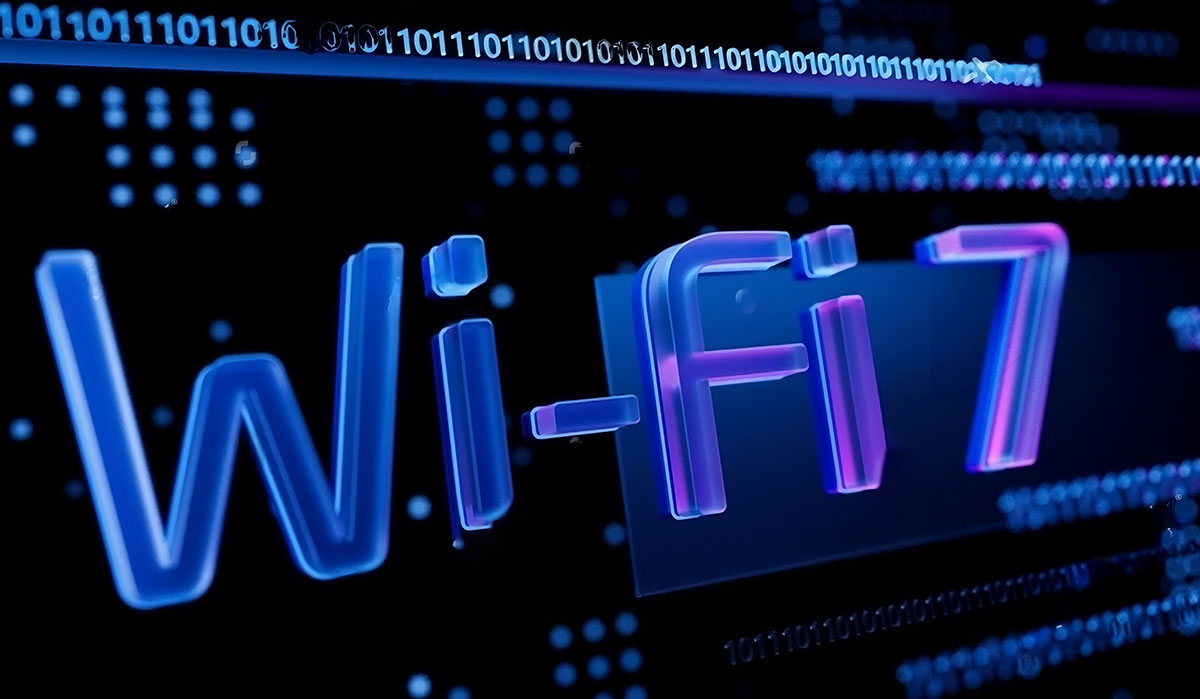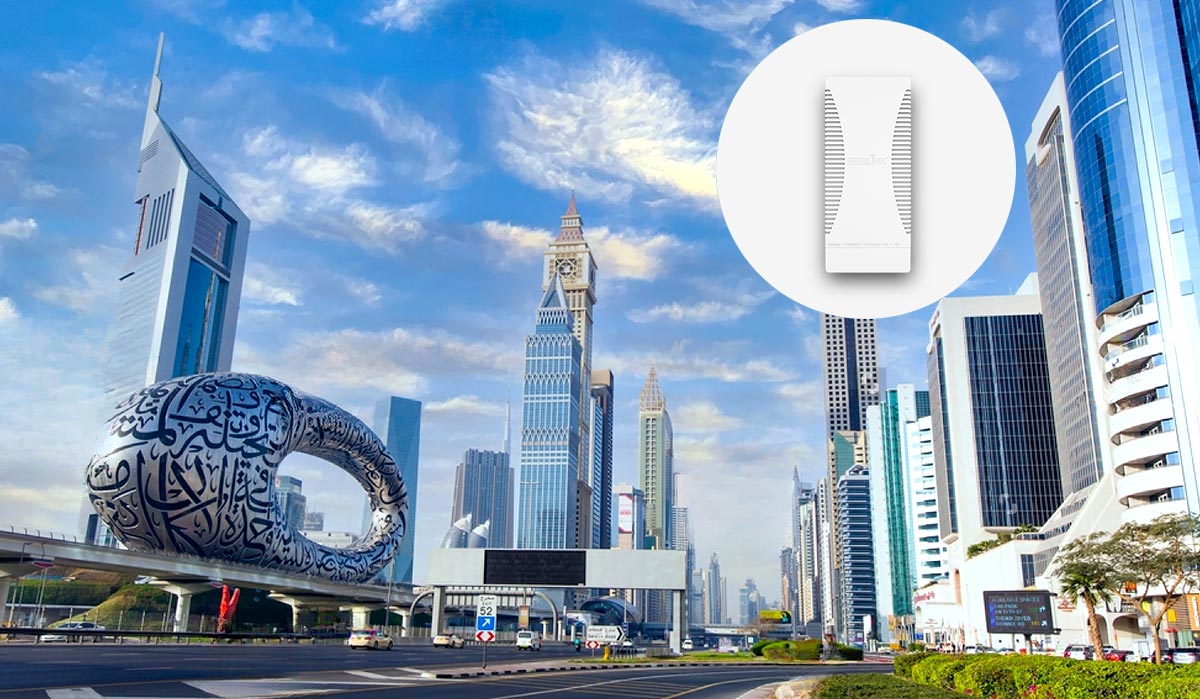Wi-Fi Technology Takes a Leap Forward with Li-Fi Integration at MWC 2025

The Mobile World Congress (MWC) 2025 in Barcelona has unveiled groundbreaking advancements in wireless connectivity, with Li-Fi technology emerging as a game-changer for broadband and Wi-Fi applications. A new system by pureLiFi and Solace Power, known as the LINXC Bridge, promises to enhance Wi-Fi infrastructure by integrating light-based communication, offering a complementary solution to traditional radio frequency (RF) Wi-Fi. This development, announced on March 4, 2025, signals a potential shift in how we approach high-speed internet in dense environments, aligning with the growing demand for Wi-Fi technology news and next-generation connectivity solutions.
What Is the LINXC Bridge System?
The LINXC Bridge leverages Li-Fi, a technology that uses light waves to transmit data, offering a wireless alternative to RF-based Wi-Fi. Unlike traditional Wi-Fi, which operates on the 2.4 GHz, 5 GHz, and 6 GHz bands, Li-Fi uses visible light spectrum, providing a secure and interference-free communication channel. This system aims to support fixed wireless access providers, including those deploying Wi-Fi and 5G networks, by simplifying broadband deployment.
- Multi-Gigabit Speeds: The LINXC Bridge delivers speeds up to 5 Gbps, surpassing many current Wi-Fi 6 setups.
- Low Latency: Li-Fi offers lower latency than RF Wi-Fi, making it ideal for real-time applications like gaming and video conferencing.
- External Receiver Design: The system places receivers outside buildings, enhancing signal strength in areas with poor RF coverage.
- Ease of Deployment: As a wireless solution, it eliminates the need for extensive cabling, reducing installation time and costs.
Why Li-Fi Matters for Wi-Fi Evolution
The integration of Li-Fi into Wi-Fi ecosystems addresses several limitations of RF-based networks, particularly in high-density environments like shopping malls, offices, and urban centers. Traditional Wi-Fi struggles with interference in crowded spaces, leading to dropped connections and slower speeds. Li-Fi’s use of light waves bypasses these issues, offering a complementary solution that can work alongside Wi-Fi to offload traffic and improve performance.
“Li-Fi is not here to replace Wi-Fi but to enhance it,” said a spokesperson from pureLiFi at MWC 2025. “By integrating the LINXC Bridge, we’re enabling providers to deliver faster, more reliable connectivity without the constraints of RF spectrum congestion.”
Critical Perspective: Challenges and Opportunities
While the LINXC Bridge is a promising advancement, its adoption faces hurdles. Li-Fi requires line-of-sight communication, meaning physical obstructions like walls can disrupt signals, limiting its use in complex indoor environments. Additionally, the cost of retrofitting existing infrastructure with Li-Fi receivers may deter smaller providers, potentially widening the digital divide. However, for fixed wireless access providers, particularly those supporting Wi-Fi technology news trends, this innovation could streamline deployments and attract tech-savvy customers seeking next-generation connectivity solutions.
Future Implications for Wi-Fi Networks
The LINXC Bridge’s debut at MWC 2025 signals a broader trend toward hybrid connectivity models, where Wi-Fi and Li-Fi coexist to meet diverse user needs. As Wi-Fi 7 rolls out globally, with its focus on multi-gigabit speeds and low latency, Li-Fi could serve as a critical ally in achieving the ultra-reliable networks demanded by emerging technologies like AR/VR and IoT. This development positions pureLiFi and Solace Power as leaders in the Wi-Fi technology news space, paving the way for a more resilient wireless future.


